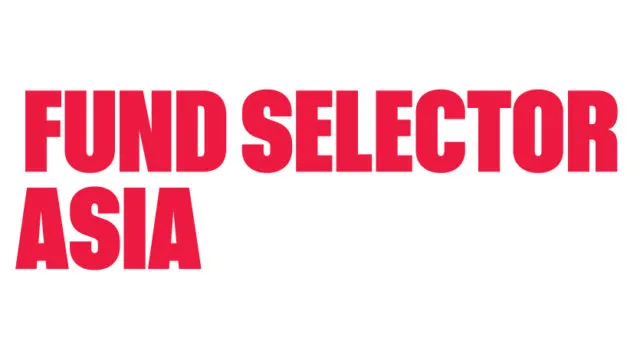Hang Seng is allowed to own 70% of the newly-formed Hang Seng Qianhai Fund Management Company, which will be the first onshore fund house with a majority stake held by a non-mainland entity.
It has a registered capital of RMB 200m ($30.7m), according to an authority statement.
Hang Seng’s application for the joint venture was submitted in July 2015 under the Mainland and Hong Kong Closer Economic Partnership Arrangement (CEPA).
The bank’s partner in the venture is state-owned Shenzhen Qianhai Financial Holdings, set up in 2010 by the Authority of Qianhai Shenzhen-Hong Kong Modern Service Industry Cooperation Zone, an agency that aims to facilitate partnerships for financial innovation in the Qianhai free trade zone.
Qianhai Financial is also waiting approval of a 2015 application to form a securities firm with HSBC, again could become the first such firm with a majority stake held by a foreign entity.
Rosita Lee, head of investment products and advisory business at Hang Seng Bank, earlier told FSA that the joint venture would focus on mutual funds that will initially invest in onshore China.
To offer products that invest in overseas markets, the partnership would have to apply for quotas through programs such as QDII, she added.
The bank is currently selling one index mutual fund for mainland investors, the Hang Seng China H-Share Index Fund, which is offered through the Mutual Recognition of Funds scheme (MRF).
So far, most foreign firms have entered China’s onshore market by establishing joint ventures with domestic fund managers, such as ICBC Credit Suisse Asset Management, CIFM Asset Management (JP Morgan and Shanghai International Trust Co.), and HSBC Jintrust (HSBC and Shanxi Trust and Investment).
Some have set up the wholly-foreign owned enterprises (WFOEs) in the Shanghai or Shenzhen free trade zones, but the scope of business has been limited to private investments and institutional mandates.
Aberdeen, Fidelity and US hedge fund Bridgewater have recently set up investment management WFOEs, but the use of such WFOEs have not been clarified by the regulators.

















